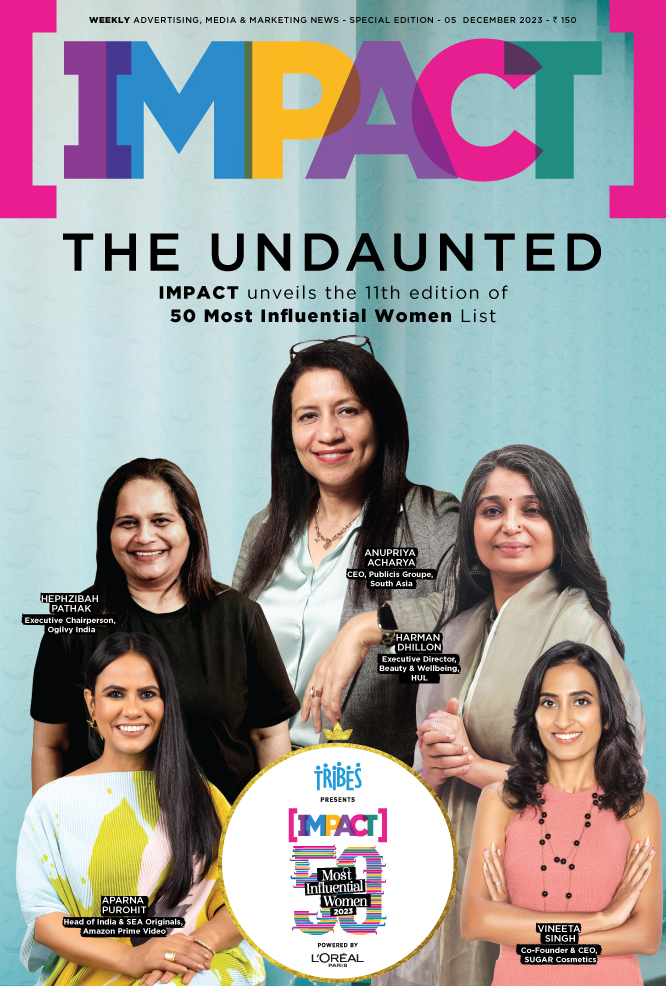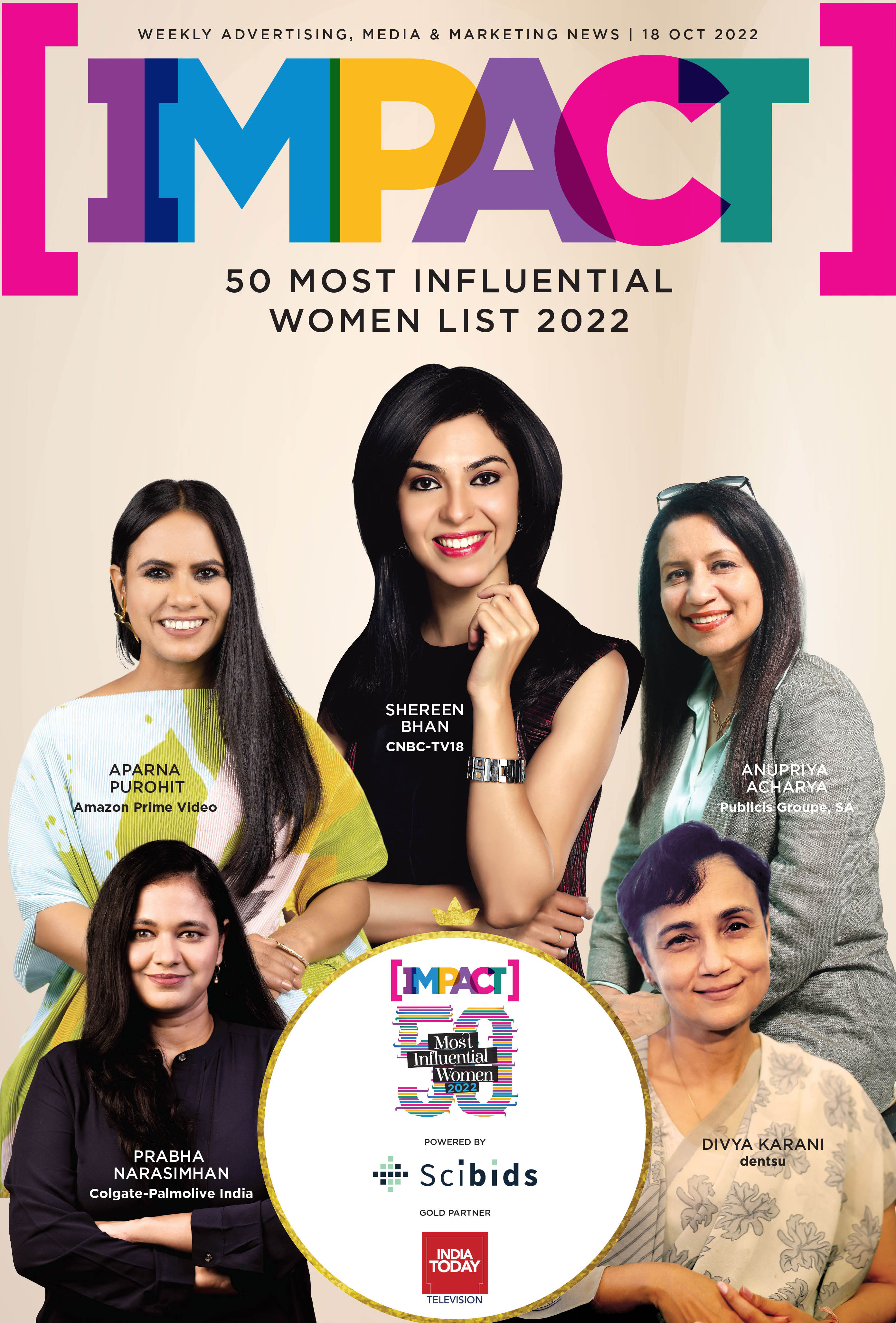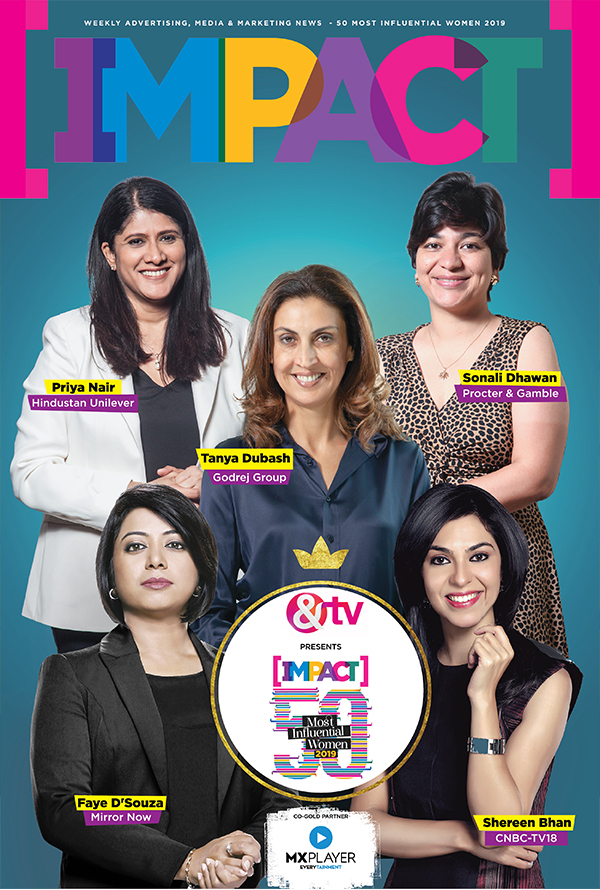In the 1980s, brand extension didn't happen very often. Instead of trying to enter new product categories by using the equity of the mother brand, most businesses focused on making their best products better. When it came to bringing new ideas into product marketing, they always took a conservative approach. But as markets got more competitive and customers had more choices, businesses started looking for ways to grow their equity and move into new areas. Many brands pushed for product and brand extensions because of changes in how people buy things, which happen from time to time. The idea was simple: people are more likely to try something new with a brand they trust. But what's more important is that the product meets their needs and keeps its promise.
Learning from what worked and what didn't in the past?
One of the first things that comes to mind is Dettol. People had trusted Dettol's antiseptic liquid for generations. The business then expanded its line of goods to include soaps, medicated plasters, and even shaving creams. The soap sold well in homes, but the plasters and shaving cream didn't. People didn't think of Dettol as a way to shave or heal cuts; they thought of it as a way to keep things clean and keep germs away. Clearasil, the pimple cream made by Richardson Hindustan (now P&G), also made acne soap along with its original cream. It made sense: if the brand could get rid of pimples, why not wash your face every day to keep them from happening in the first place? I believe it was only tested in a few markets and did not go on to other markets.
Ponds, which is best known for its Dreamflower Talcum Powder, also made soaps. They made soaps like Sandalwood Soap and Cold Cream Soap. Some of these things disappeared over time, but they helped Pond's make its well-known moisturizers, which fit well with the brand's promise of smooth, healthy skin. Brand extension eventually moved to other areas, such as biscuits and household goods. Brands like Britannia and Samsung were able to successfully add more products to their lines and make them bigger.
What Works for a Brand Extension?
A brand extension works when it makes sense and seems real. The new product should be in line with what the brand already stands for. For example, Dove's switch from soap to shampoo worked because the promise of care and moisture stayed the same. For success, you need to think about a few important things. First, it should be clear how the brand fits with the product. The new category should be in line with what the brand does best and what it promises. Second, the extension must fulfill a genuine consumer need. Third, the category should be popular; the market should be big, growing, and making money. Lastly, the group needs to know how to make the new product, including how to use technology, distribute it, and run the business. When these things are in sync, an extension feels natural instead of like you have to do it.
Think Smart Before You Extend
It is dangerous to rely solely on the strengths and equity of the parent brand. Companies need to know a lot about how people act, how to find the right opportunity, and how to make sure that the new product doesn't change who they are. Testing ideas, starting a pilot program, and carefully positioning are all very important steps. The simple but important rule for brand extension is to make the promise bigger, not just the name. Too much branding could confuse or turn off customers, which would hurt trust instead of building it. People want to know how much the brand extension is really worth. The mother brand can build trust, but the extension has to keep its promise to deliver the product.
Issues that Brands Face with Extensions
When you start a brand expansion, a lot of problems can come up. First, the parent brand could lose its value if the expansion fails, which could hurt the reputation of the parent company. Second, if the extension doesn't match what people think of when they think of the brand, it can make things confusing. Third, there could be an operational misfit because moving into a new category often means needing new skills, supply chains, and ways to get things to customers. Lastly, extensions can lead to cannibalization, which is when the new product takes sales away from the old ones. People also want an extension to be just as good, reliable, and emotionally connected as the original, which can be hard to do across categories.
Do extensions help lower the cost of advertising?
Many people believe that brand extensions lower the cost of advertising. This is somewhat true: people already know and trust a well-known brand, so there is less need to teach them about it. But you still need to spend money on advertising to let people know about the new product. People need to know what the new product is and how it will help them. Pond's Cold Cream Soap, for instance, could have used the parent brand's trust, but it still needed marketing campaigns to explain why its soap is better at moisturizing than other soaps. If the message isn't clear, even the most trusted brand can miss out on growth.
Brand Extensions That Have Been Successful
By keeping their core promise, many brands have been able to reach more people. Big brands are always careful to protect the value of their main brand, so they will think long and hard about any brand extension they want to make. Dettol Soap sold its products by promising to keep people clean and free of germs. Amul started out making milk, but now it also makes ice cream, cheese, and chocolates, all of which are still healthy. Dove kept its promise of care and softness by going from soap to shampoo, body wash, and deodorants. Nivea kept its skin care knowledge while branching out into men's lotions and care. Tata changed its products from salt to tea and bottled water, promising that they would all be pure and trustworthy. Apple made an ecosystem that includes iPods, iPhones, iPads, and Apple Watches. All of these devices are connected by new ideas and high quality. Each of these extensions did well because they built on existing trust instead of following trends that didn't matter.
Do people still believe in brand extensions?
Brand extensions are still a big part of the market, maybe even more than they used to be. Modern brands don't just go with their gut when they plan extensions; they use data and strategy. Market trends, how people act, and analytics all help choose which categories should be expanded. For instance, Nike used to only make shoes, but now they also make clothes, fitness technologies, and sportswear with other companies. Starbucks now sells more than just coffee. They sell packaged drinks, snacks, and ready-to-drink products all over the world. Tata, a big company that used to only make things for businesses, is now getting into e-commerce and personal care. Apple keeps coming up with new hardware, software, and services that work well together in an ecosystem.
Brand extensions are also easier to test and grow quickly in the digital age. Brands can now introduce, test, and market new products faster than ever because of social media, influencer marketing, and online shopping sites. But the main point stays the same: a brand extension only works if it makes the promise of the parent brand stronger.
In the end, it's not just the name that matters; it's also the promise of the product.
The Final Word: Expanding Without Losing Your Core
If you do it right, expanding your brand can be a great way to grow. People need to believe that the new product is in line with the brand's values. Extensions work when they have real connections, a deep understanding of customers, and are always available. Brand equity isn't a free pass; it's a chance to show how valuable you are in a new area. Brands that grow the right way don't just get bigger; they also change. Brand extensions are still a very important way to stay ahead of the competition, stay relevant, and meet new customer needs in the FMCG, technology, and lifestyle sectors.




























